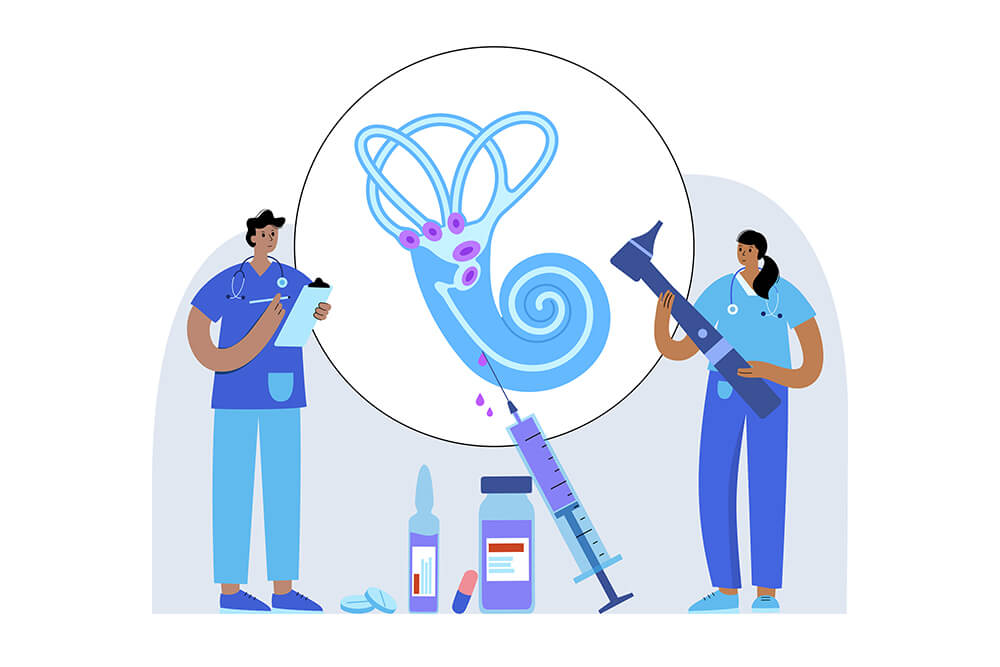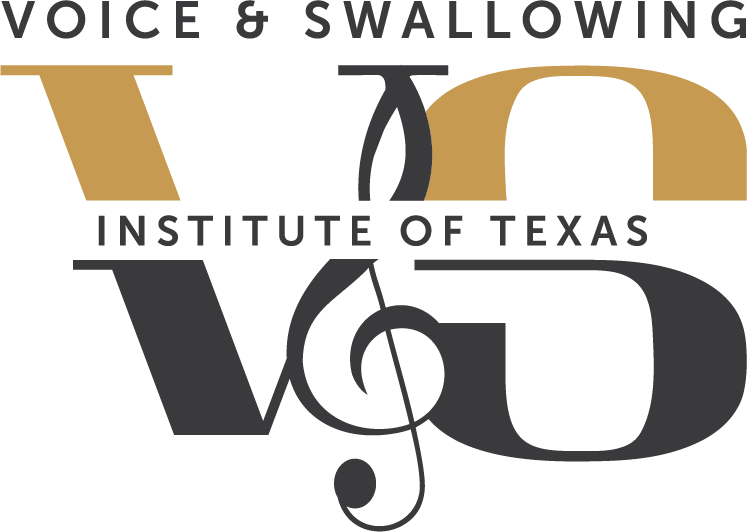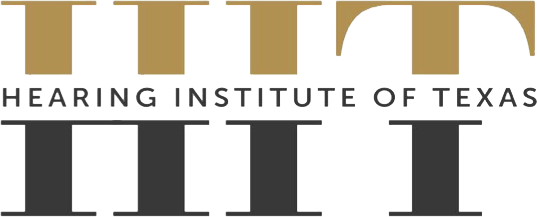Vestibular Therapy
Vestibular physical therapy can address a variety of conditions including but are not limited to diagnoses such as BPPV, visual vertigo, Meniere’s Disease, inner ear hypofunction, generalized motion sensitivity, concussion, and poor balance.
The patient will be guided through a carefully designed plan of care specifically tailored to meet the needs of each individual patient. Each plan of care will include in-person rehabilitation within the clinic to practice specific skills, in addition to an individualized home exercise program to ensure patient autonomy in managing and improving their deficits.

METHODS OF EXERCISE
What should patients expect?
The therapist designs a treatment plan which includes supervised sessions and an individualized home program. Duration of treatment depends on the diagnosis and clinical symptoms; some patients may only be seen 1-2 visits while others may require 3-4 months.
Factors that can effect recovery.
The type of vestibular disorder will greatly dictate overall rate of recovery. Some disorders are considered unstable or progressive, which may take longer and have more limited recovery. Conditions affecting both ears may require additional time to recover. Other factors that may impact recovery negatively include sedentary lifestyle, an unhealthy diet, pain/stiffness from osteoarthritis/other conditions, reliance on vestibular suppressant medications, and anxiety/depression. Engaging in strengthening exercise to improve overall fitness can help promote recovery.
Have Questions?
Our staff is available to take your calls Monday through Friday from 8:00am – 5:00pm. You are also welcome to drop in to set up an appointment during normal office hours. To schedule an initial appointment with one of our audiologists, you may give us a call directly at (210) 696-4327 (HEAR). We look forward to hearing from you! “Better HEARing for a better life.”


